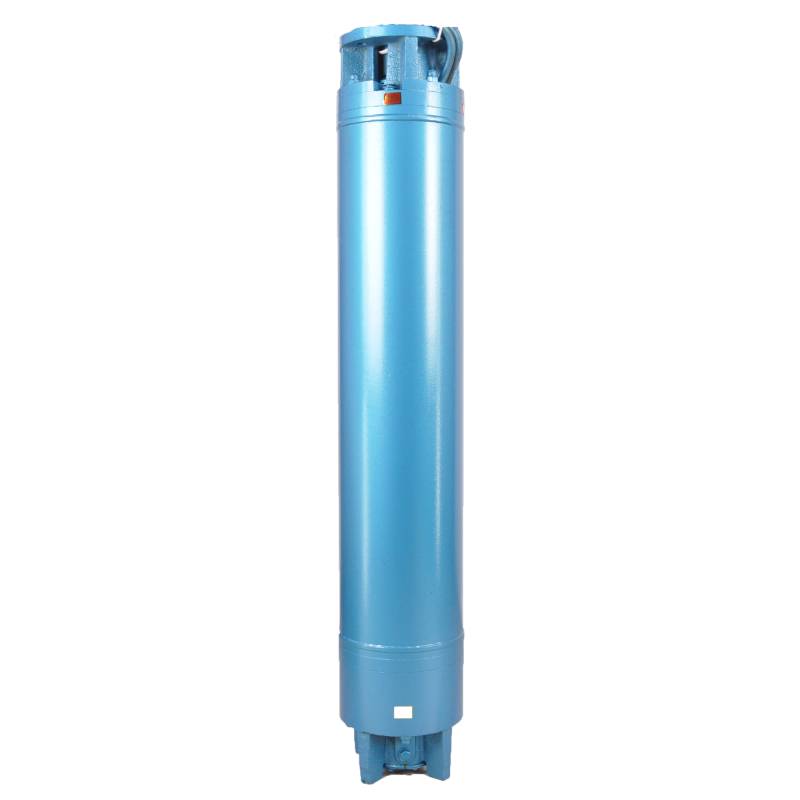Nov . 01, 2024 19:19 Back to list
Comparing Oil-Filled and Water-Filled Submersible Pumps for Optimal Performance and Use
When it comes to submersible pumps, the choice between oil-filled and water-filled varieties is crucial for determining efficiency, longevity, and suitability for specific applications. Each type offers distinct advantages and disadvantages, making the decision dependent on various factors such as the environment, application, and budget.
Oil-filled submersible pumps utilize oil as a coolant and lubricant. This pump design helps to dissipate heat more effectively, which is particularly beneficial in applications with high operational demands or continuous use. The oil also provides better lubrication for the motor components, leading to a longer lifespan and less maintenance overall. Furthermore, these pumps often feature a hermetically sealed structure that minimizes the risk of water ingress, ensuring better protection against the elements.
On the other hand, water-filled submersible pumps depend on the surrounding water for cooling and lubrication. This makes them a more environmentally friendly option, as they do not rely on petroleum-based oils. Water-filled pumps are usually lighter and easier to handle, making them ideal for smaller applications or areas with limited space. They are also typically less expensive upfront, making them an appealing option for budget-conscious consumers. However, their reliance on external water for cooling can pose a risk in situations where the water level may drop, potentially leading to overheating and damage.
which is better oil filled or water filled submersible pump

Another significant consideration is the application environment. Oil-filled submersible pumps are better suited for industrial settings and applications that require continuous operation under heavy loads. They are commonly used in wastewater management, dewatering projects, and agricultural applications. Conversely, water-filled pumps are often found in residential settings, irrigation, and small water transfer tasks where the demands are less intensive.
In terms of maintenance, oil-filled pumps may require occasional oil changes and inspections to ensure everything remains in optimal condition
. Water-filled pumps typically need less maintenance, as they rely on the surrounding water; however, users must remain vigilant about the water quality to prevent issues such as corrosion or mineral buildup within the pump.In conclusion, the choice between oil-filled and water-filled submersible pumps ultimately depends on the specific requirements of the job. For high-demand applications that prioritize durability and efficiency, oil-filled pumps are often the superior choice. However, for lighter applications or those focused on cost-effectiveness and environmental considerations, water-filled pumps are a practical option. Evaluating the specific needs and conditions of your project will guide you in making the best decision.
-
Submersible Water Pump: The Efficient 'Power Pioneer' of the Underwater World
NewsJul.01,2025
-
Submersible Pond Pump: The Hidden Guardian of Water Landscape Ecology
NewsJul.01,2025
-
Stainless Well Pump: A Reliable and Durable Pumping Main Force
NewsJul.01,2025
-
Stainless Steel Submersible Pump: An Efficient and Versatile Tool for Underwater Operations
NewsJul.01,2025
-
Deep Well Submersible Pump: An Efficient 'Sucker' of Groundwater Sources
NewsJul.01,2025
-
Deep Water Well Pump: An Efficient 'Sucker' of Groundwater Sources
NewsJul.01,2025
-
 Submersible Water Pump: The Efficient 'Power Pioneer' of the Underwater WorldIn the field of hydraulic equipment, the Submersible Water Pump has become the core equipment for underwater operations and water resource transportation due to its unique design and excellent performance.Detail
Submersible Water Pump: The Efficient 'Power Pioneer' of the Underwater WorldIn the field of hydraulic equipment, the Submersible Water Pump has become the core equipment for underwater operations and water resource transportation due to its unique design and excellent performance.Detail -
 Submersible Pond Pump: The Hidden Guardian of Water Landscape EcologyIn courtyard landscapes, ecological ponds, and even small-scale water conservancy projects, there is a silent yet indispensable equipment - the Submersible Pond Pump.Detail
Submersible Pond Pump: The Hidden Guardian of Water Landscape EcologyIn courtyard landscapes, ecological ponds, and even small-scale water conservancy projects, there is a silent yet indispensable equipment - the Submersible Pond Pump.Detail -
 Stainless Well Pump: A Reliable and Durable Pumping Main ForceIn the field of water resource transportation, Stainless Well Pump has become the core equipment for various pumping scenarios with its excellent performance and reliable quality.Detail
Stainless Well Pump: A Reliable and Durable Pumping Main ForceIn the field of water resource transportation, Stainless Well Pump has become the core equipment for various pumping scenarios with its excellent performance and reliable quality.Detail
